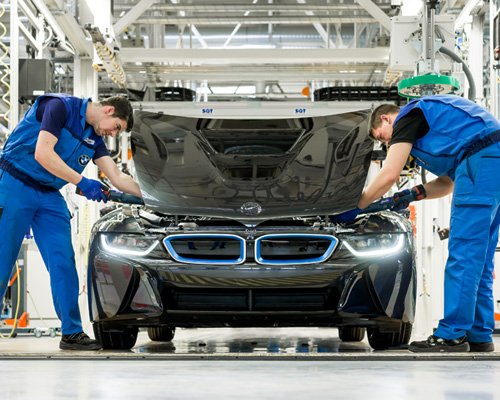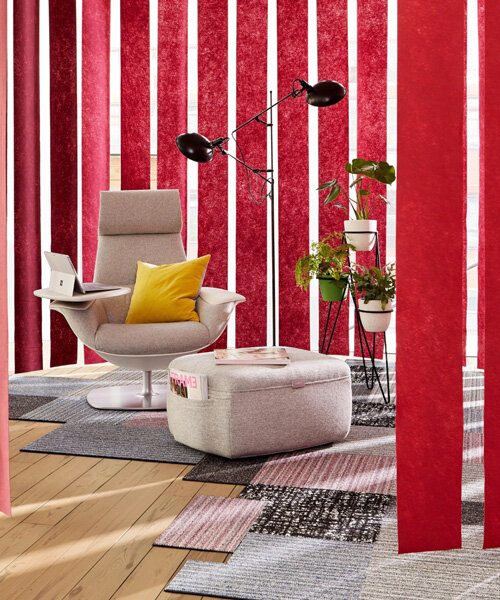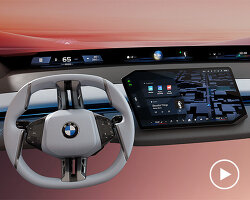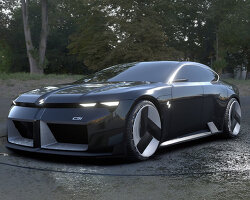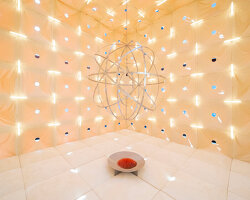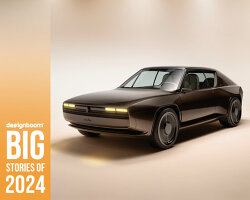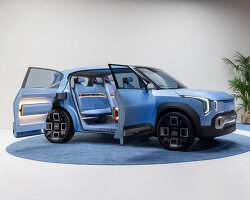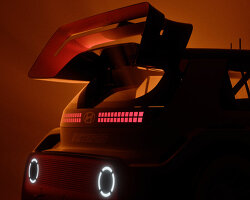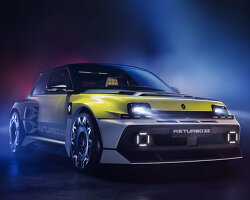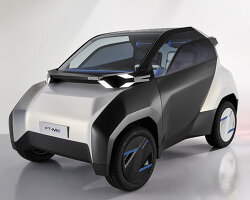behind the scenes: creating the electric BMW i8 supercar
all images courtesy BMW group
since BMW introduced the i8 plug-in hybrid sports car in 2011, innovative manufacturing technologies and the application of new materials have characterized the production process for BMW i, including the i3. from raw material production to energy-efficient vehicle operations, recycling has become an integral part of construction operations. in the photo essay below, designboom goes behind the scenes to see what it takes to create an electric supercar.
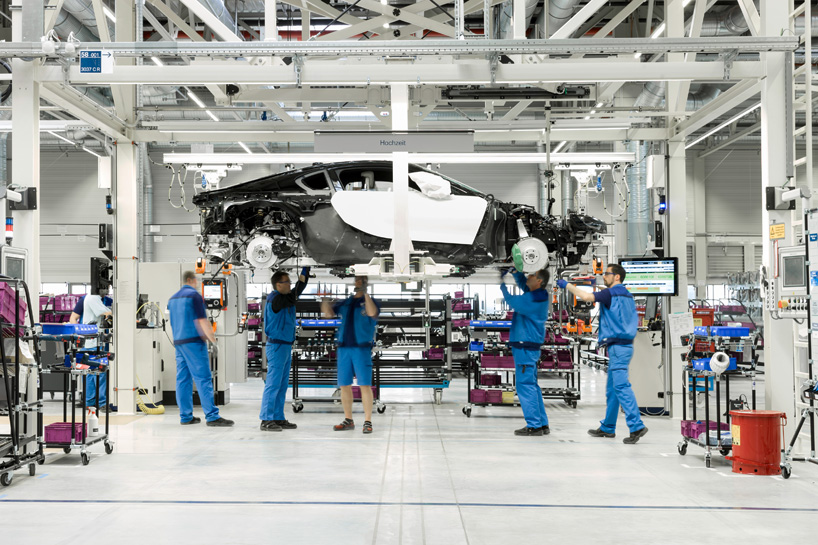
the innovative architecture of the BMW i8 comprises two elements: the life module passenger cell made of carbon fiber reinforced plastic (CFRP), and the aluminum drive module, which incorporates the entire drivetrain and chassis technology. the BMW i production is based in a plant in moses lake, WA, for the carbon fiber production and a factory in wackersdorf, germany to process the material into laminates.
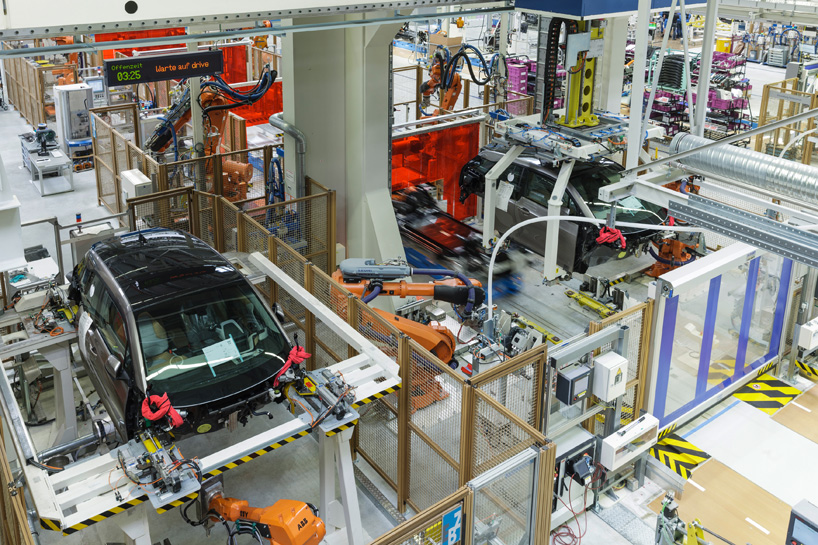
at 20 hours, the total processing time in the body shop and on the assembly line is only half of what would be required for conventional production. this is due to the parallel assembly processes, and the fact that the CFRP structure is made of fewer parts.
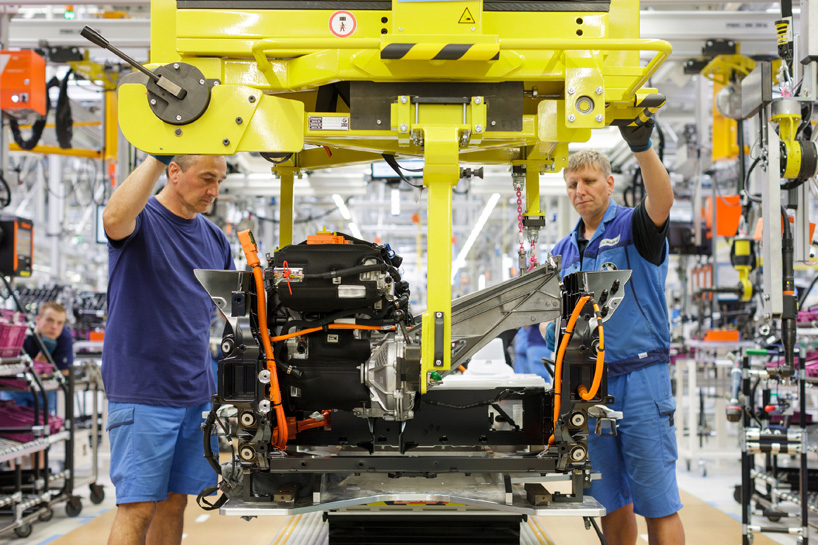
unlike vehicles with integral body and frame construction, the horizontally split lifedrive architecture consists of two separate, independent modules. as a result, the leipzig assembly shop is the first in the history of BMW to feature two separate, parallel production lines for the BMW i3 – one for the life and one for the drive units.
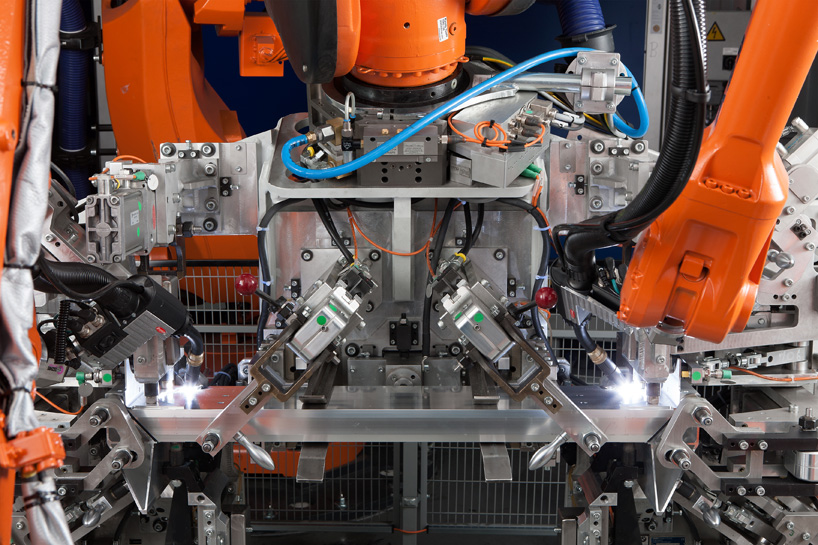
another important BMW i component is the high-voltage battery. the production starts with a ‘beginning-of-line’ test, in which the externally supplied lithium-ion cells undergo an initial performance check. they are then plasma-cleaned, and individually clamped into modules, bonded and welded. the fully automated process is comprised of 100 operations.
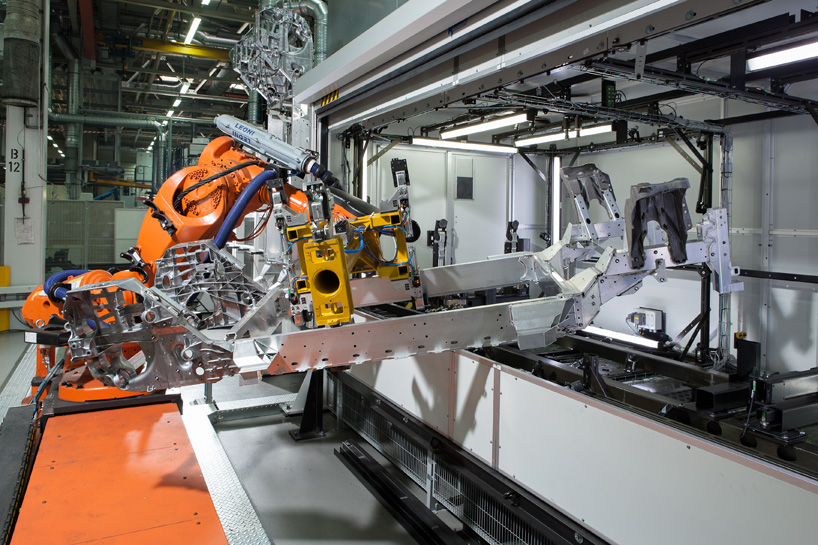
after the cells have been packaged into modules, the assembly process begins. the units are lifted one by one into an aluminum tray, then manually connected in series. the battery is designed in such a way that individual components can be easily swapped for repair purposes.
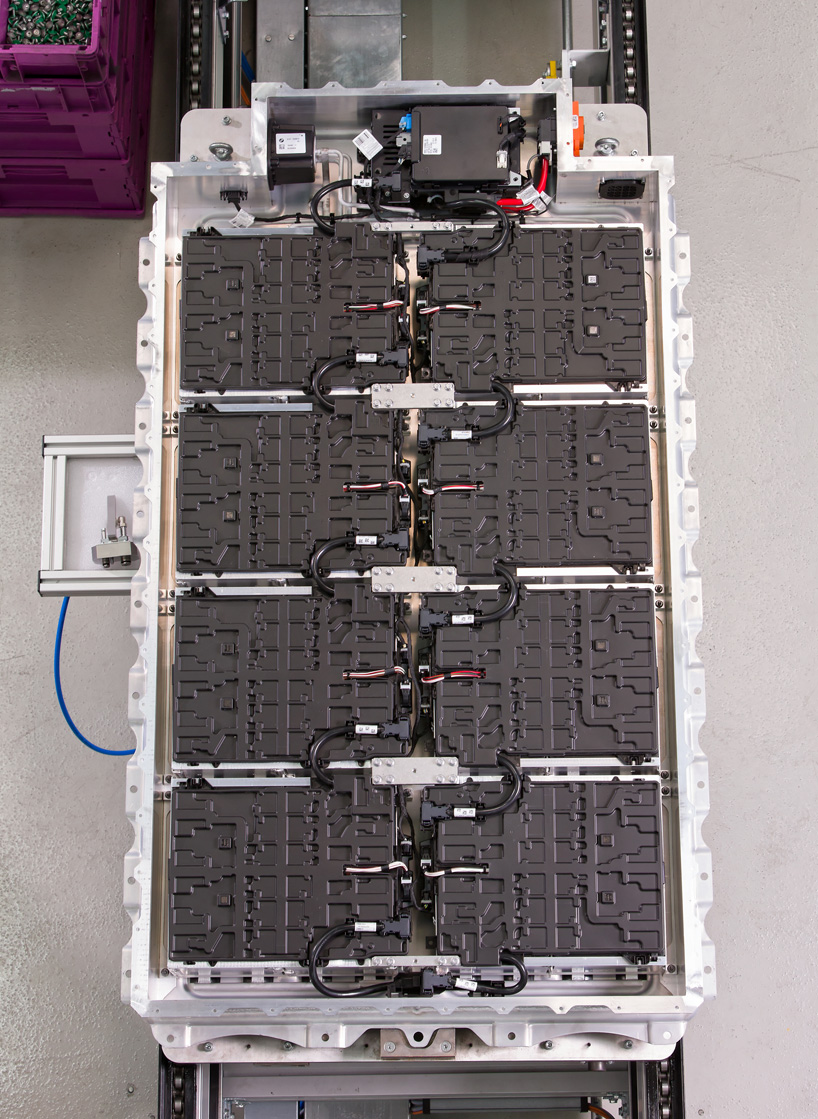
detail view of the lithium-ion battery cells
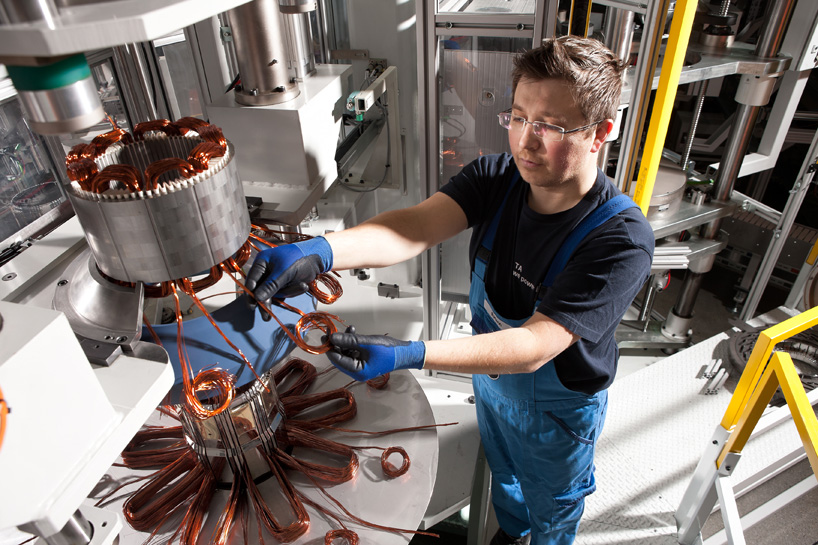
the internal components of the 96 kw electric motor comprise interior housing, a rotor and a stator. the latter element, which forms the inner core, consists of around two kilometers of wound copper wire. the small motor is compact due to the special configuration of the aforementioned wiring.
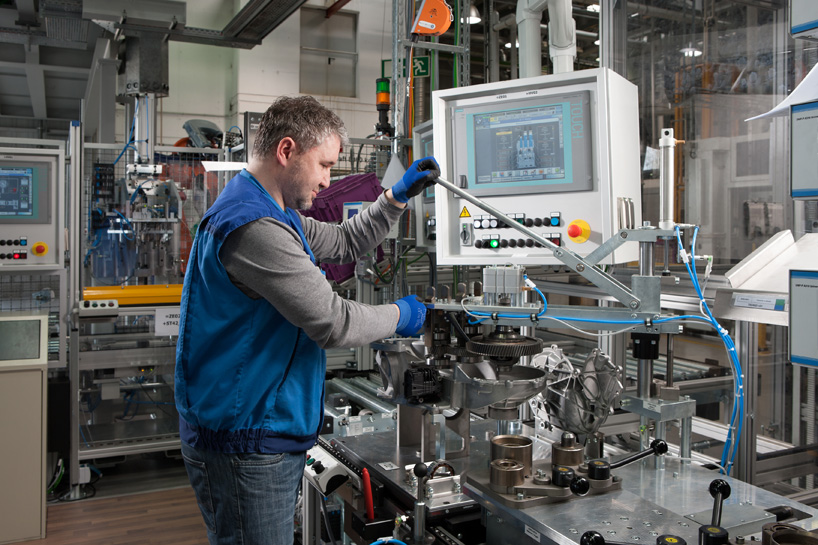
the interior housing is heated to a temperature of around 150 degrees celsius so that it expands slightly. this task requires maximum precision; the stator and the rotor have to fit together perfectly to ensure that the motor runs smoothly.
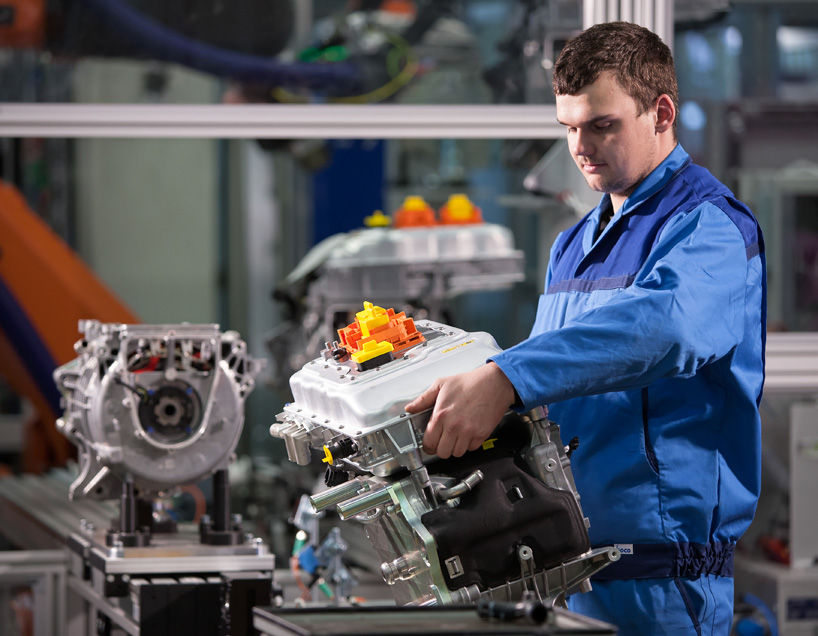
the 3-cylinder 231 horsepower petrol engine is produced at BMW’s engine plant in hams hall, UK
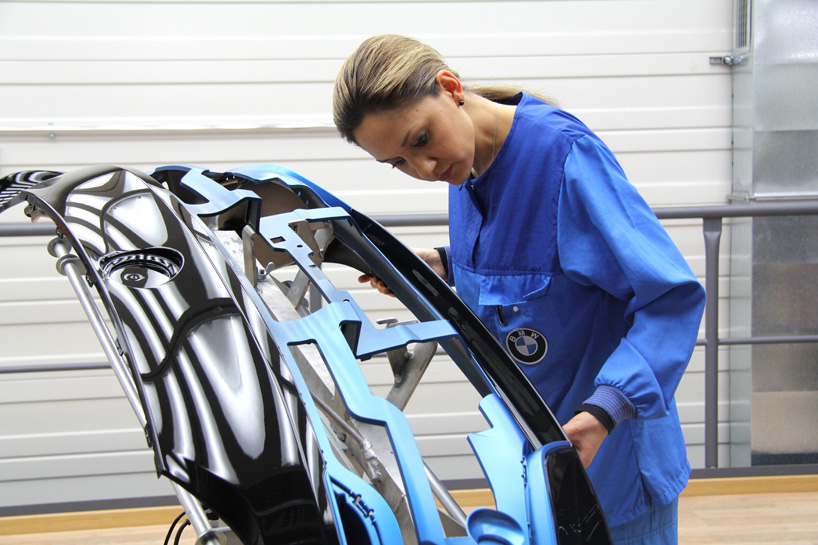
the bumpers are given a multi-tone paint coat in a highly specialized facility. this way a bi-color look can be achieved. at the same time, the weight is optimized significantly. unlike conventional models, the fenders, front, rear and side parts are painted individually, which conserves resources.
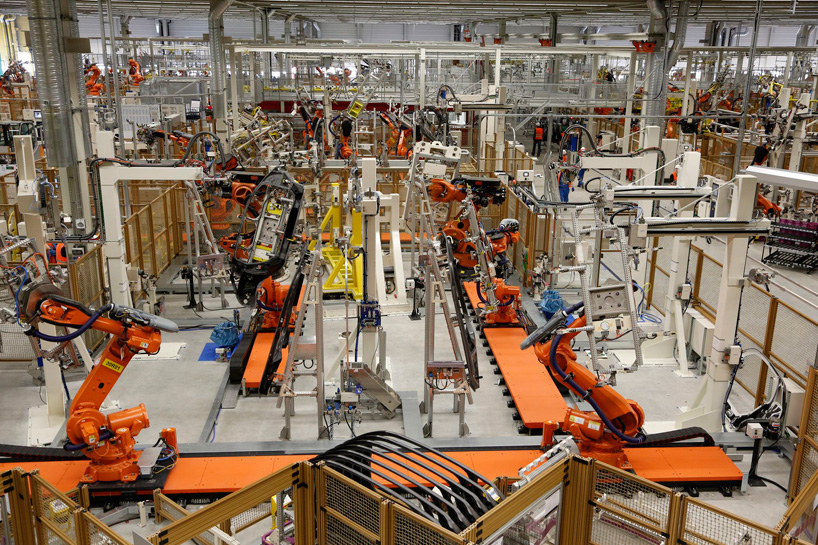
overview of the CFRP bodyshop in leipzig
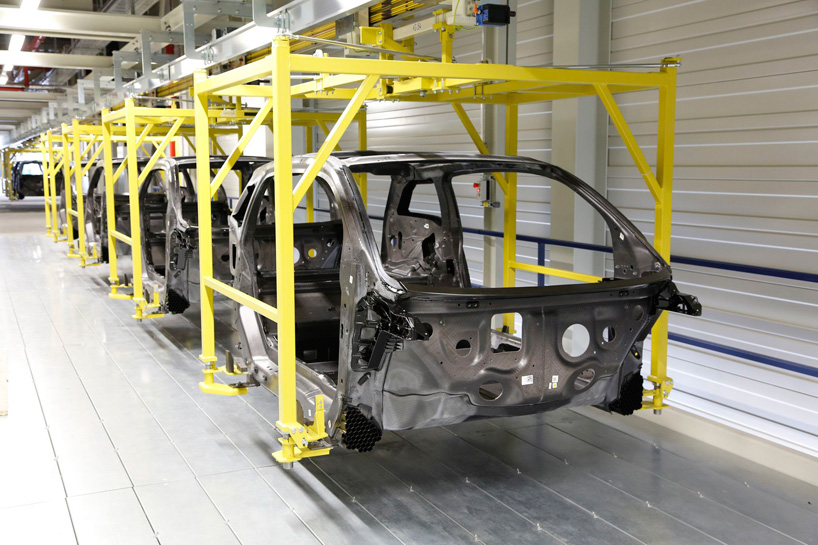
CFRP body shells
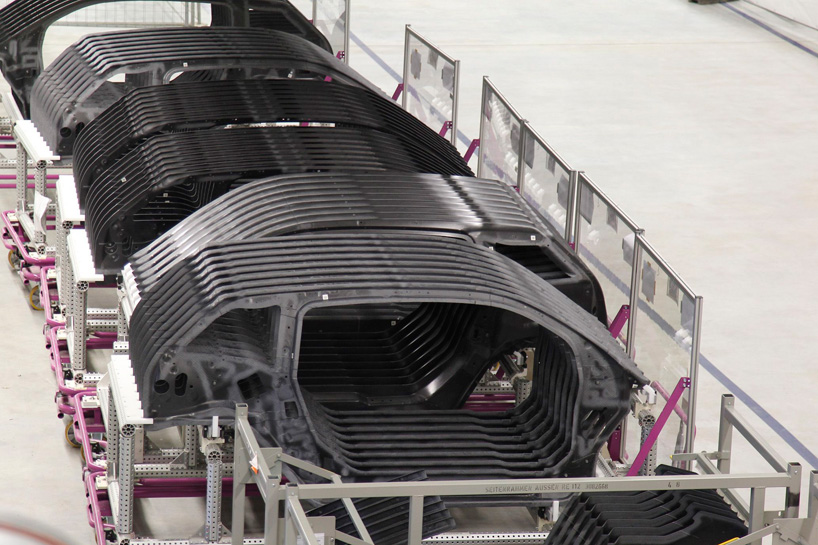
additional processing stages include the finishing work, such as precise contour cutting and the insertion of remaining openings. this work is performed using a special waterjet system. then the bonding surfaces are sandblasted before further processing. in contrast, a conventional sheet steel side frame would have to be built up successively from several different inner and outer components.
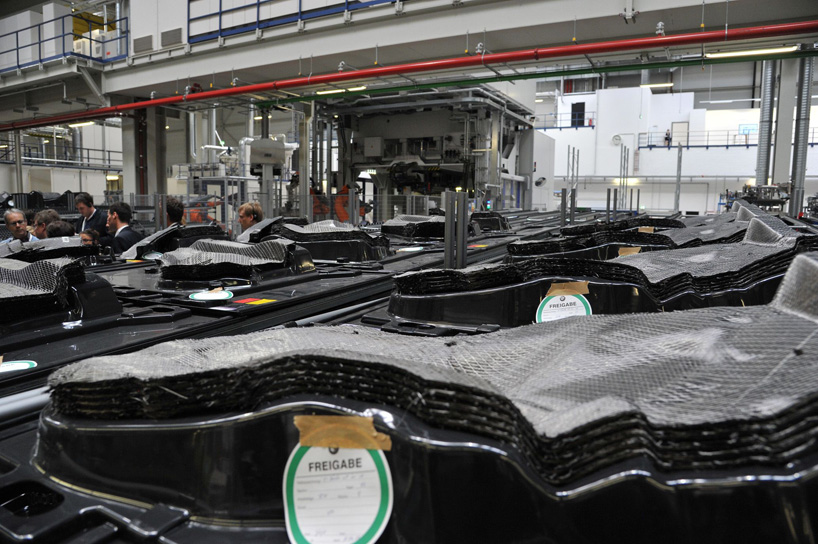
carbon laminates with different fiber alignments are arranged into stacks made up of several layers, and following various lines, before being cut to shape. the stacks are then turned into CFRP body components at the innovation and production facilities at BMW’s landshut and leipzig plants.
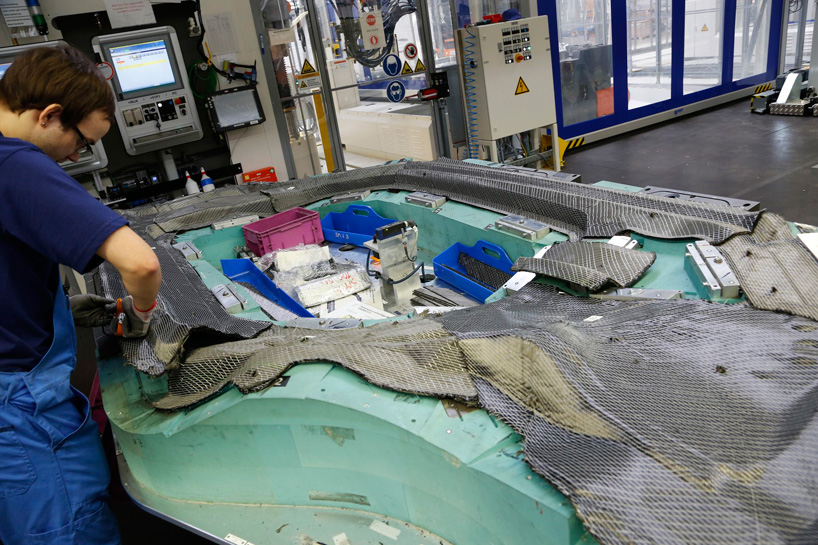
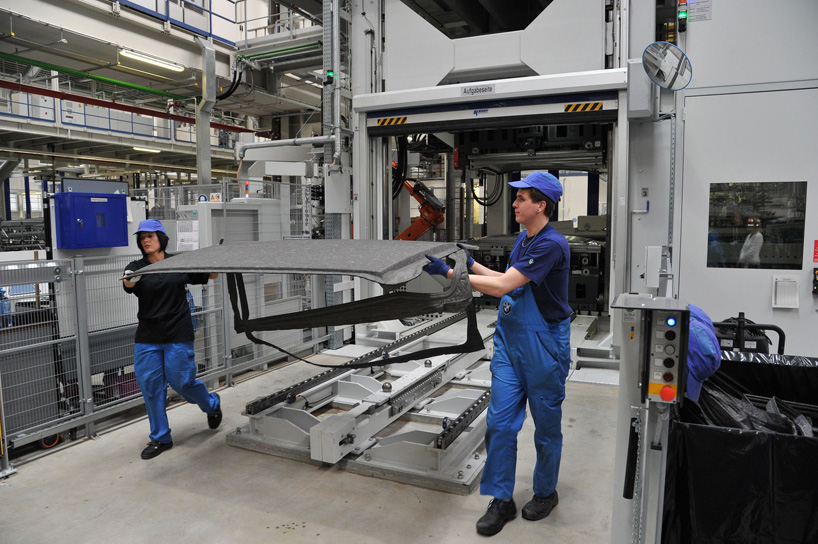
a ‘preform’ mold is used to give the carbon fiber stacks a stable, three-dimensional shape. several of these blanks can then be joined to form a larger component. the next stage in the process requires high-pressure resin injection into the forms using resin transfer molding (RTM). as the fibers and the resin bond, and in the subsequent hardening process, the material acquires the rigidity that is key to its outstanding qualities.

carbon fibers are produced from a polyacrylonitrile-based thermoplastic textile fiber precursor. this complex multi-stage process eventually leaves a thread that consists of virtually pure carbon with a stable graphite structure. each strand is just seven microns (0.007 millimeters) thick. for automotive application, approximately 50,000 of these individual filaments are bundled and wound on reels, prior to further processing.
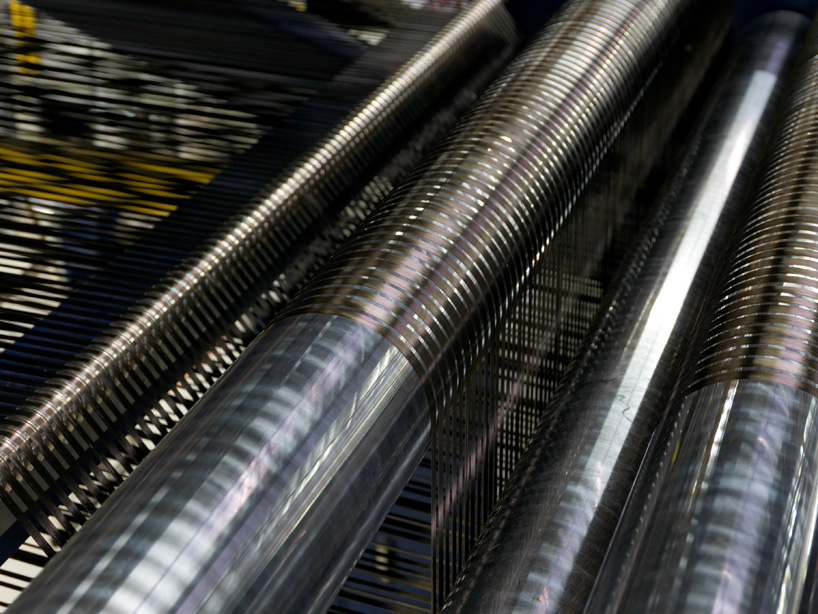
detail of the carbon fiber production
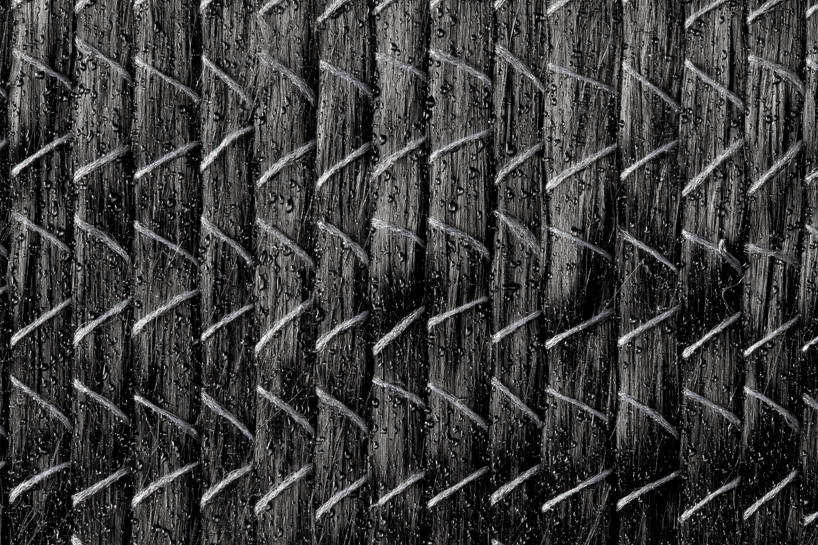
detail of the carbon fiber strands
